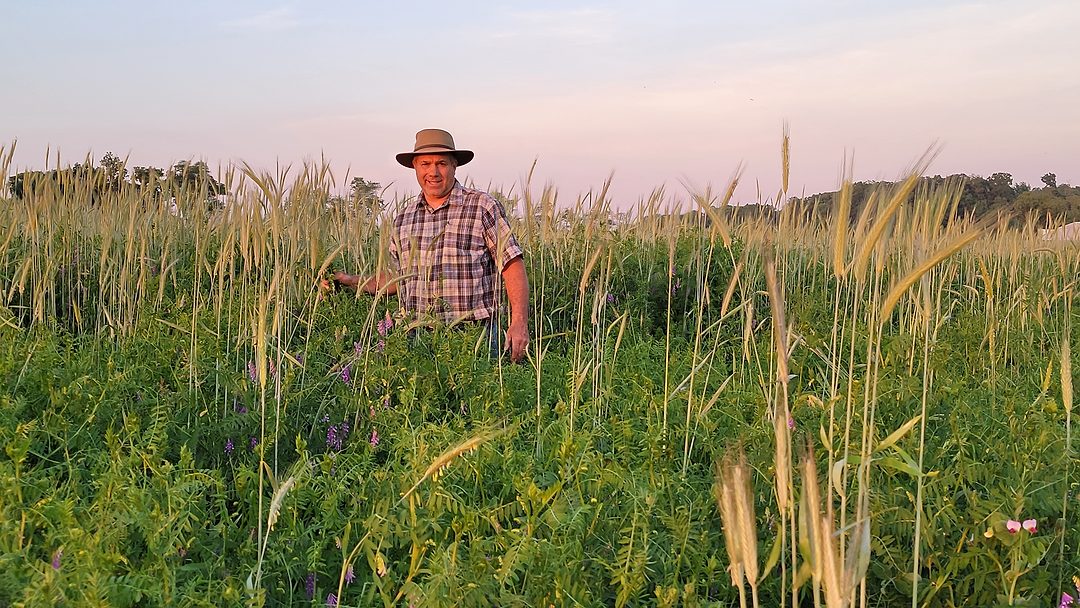
Steve Groff says his Winter King hairy vetch variety can be planted with a number of different cash crops, but he has personally found the most success planting it before corn, tomatoes and hemp.
| Steve GroffSteve Groff's Winter King Hairy Vetch Survives Multiple Freeze-Thaw Cycles
Steve Groff never planned to develop a new variety of cover crop. In fact, the Holtwood, Pa., no-tiller and cover crop expert believes that he is more often recognized for his contribution of the tillage radish as a cover crop in the early 2000s. “But even before that, I was beginning to see the value of cover crops and one of the things I was trying to learn about was how to terminate cover crops by rolling and crimping them,” Groff says. “In 1996, I had developed what was probably the first specifically designed roller crimper for cover crops. At that same time, I was looking for an earlier-maturing hairy vetch that was able to be terminated with the roller crimper that I had.”





Post a comment
Report Abusive Comment